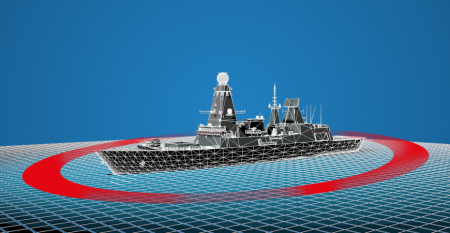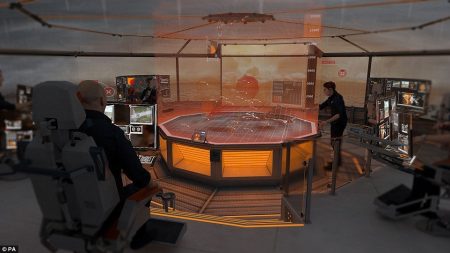October 19, 2016 – The software is called STARTLE. And that is exactly what it is meant to do, summon an equivalent to human responses to a threat and do it using a neural network tied into the entire sensory network of a warship. STARTLE can rapidly detect and assess threats far faster than a human operator.
The software is a product of Roke Manor Research, an engineering firm established in an old manor and outbuilding at a former World War II airbase that was used by U.S. flyers. Roke describes their software as biologically inspired. It can:
- autonomously detect and characterize threats
- redirect sensors at the perceived threat
- free up processing power from other tasks to apply it to dealing with the threat
- do it independently without an operator
STARTLE is not just a neural network application, it is also rule based to provide a full audit trail of its reasoning.
Roke has other applications for the technology in mind.
- enhanced situational awareness for autonomous vehicles
- threat detection in monitoring human health
- detection of computer network threats
Mike Hook, lead architect of the software, states that STARTLE is a “goal-driven threat accessor.” He continues, “it monitors multiple sources of information and has a queuing system build up a body of information to assess and confirm potential threats by going through a series of criteria like a human would do.”
The ultimate goal of the Royal Navy is to develop an artificial intelligence capacity which they call Mind. Mind will be at the centre of all warships “to enable rapid decision-making in complex, fast-moving warfighting scenarios.” It would include command and platform management systems, radar, sonar, electronic warfare sensors, Internet and classified military connectivity to inform and conduct decision-making in the air, on the surface and underwater. Will Mind be empowered to release weapons? Not likely states current Royal Navy pundits.
Another project on the Royal Navy’s drawing boards is Dreadnought 2050, named after the battleship that first launched the British-German naval arms race leading up to World War One. Dreadnought 2050 will be near invisible with a translucent composite hull. It will include fully automated systems requiring a crew of 50 to man it (compared to an average of 200 in today’s ships). It will feature holographic displays and will be powered by a nuclear fusion reactor. Its complement of torpedoes will be capable of traveling at 300 knots (345 miles or 555 kilometers per hour), considerably faster than the supercavitation torpedoes that can attain speeds of 200 knots (230 miles or 370 kilometers per hour).
The plan is to demonstrate STARTLE next spring at an exercise called Information Warrior 17.









